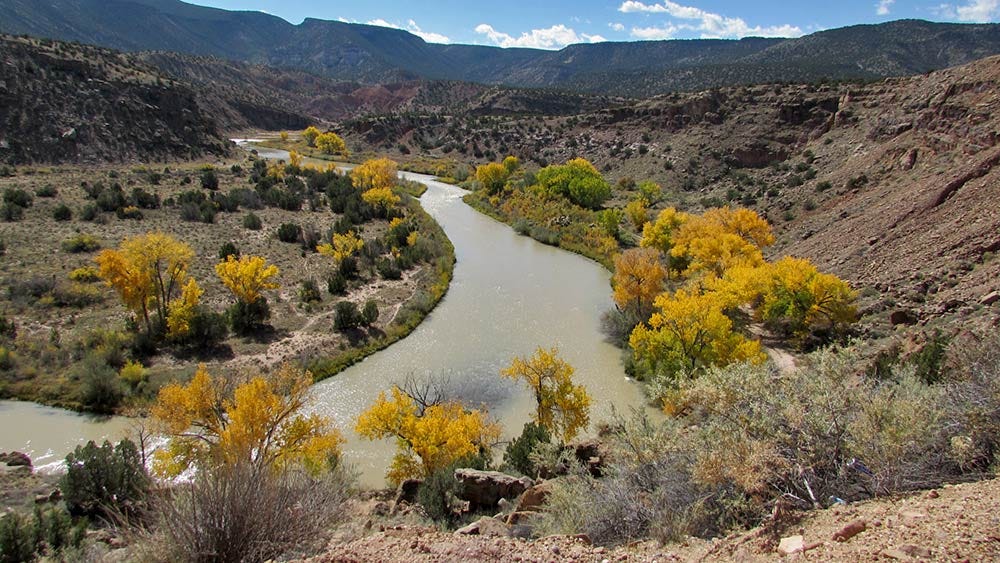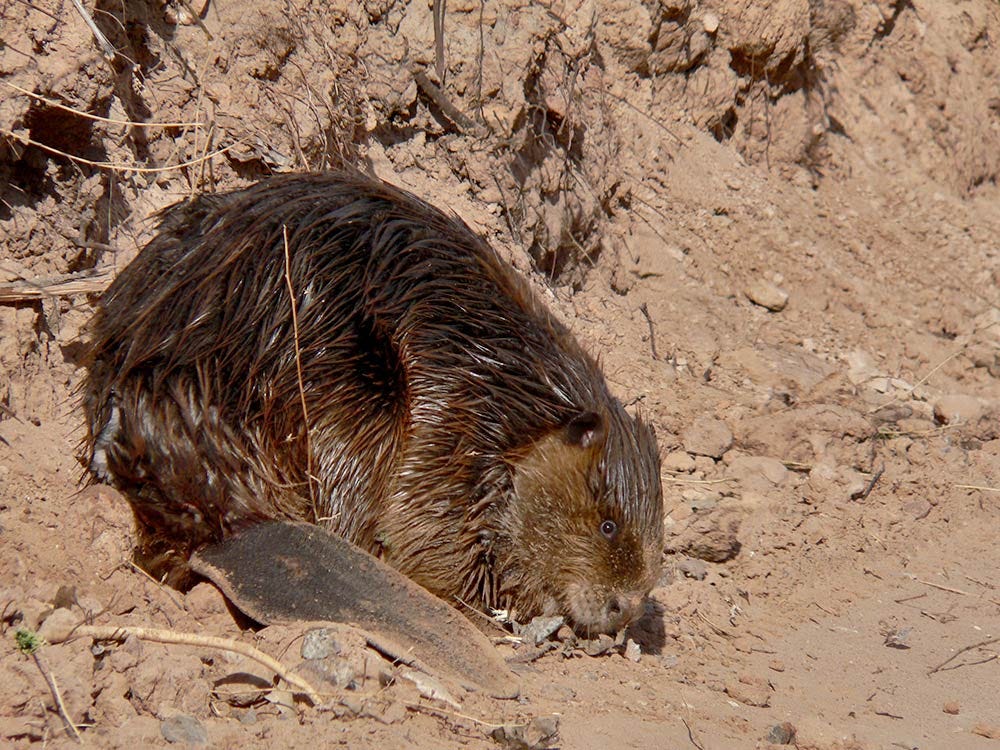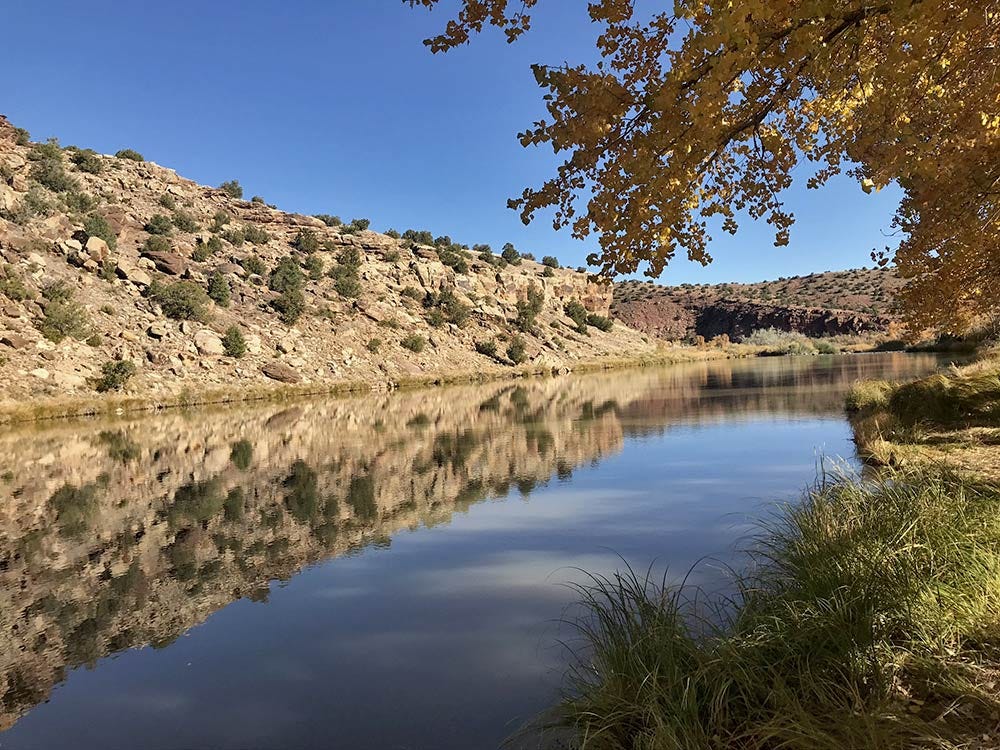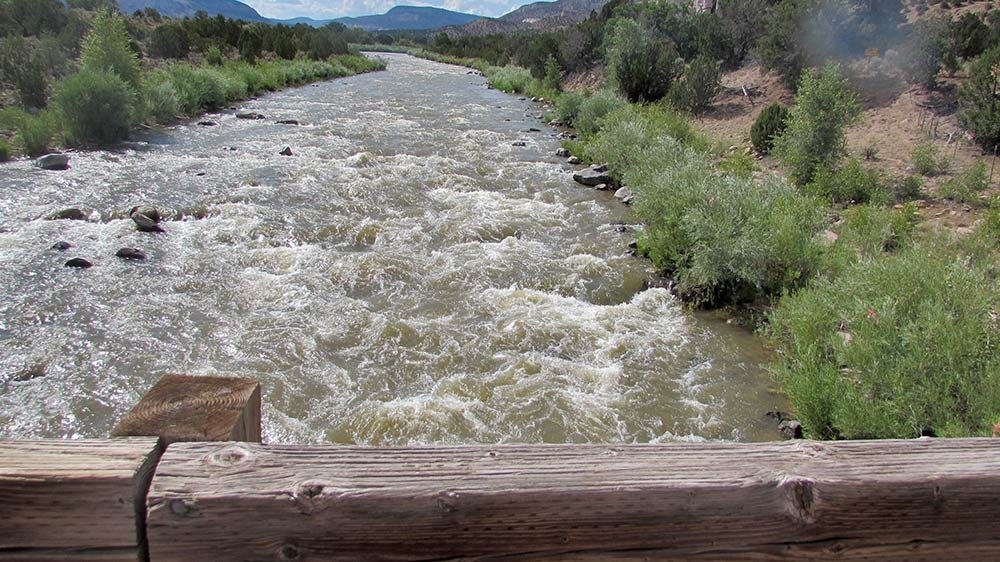In all the 78 years that I’ve lived on this planet it has only happened twice. The first time was in Nagano in the Japanese Alps. I had rented a little house on the outskirts of the city; there were no close-by neighbors and it was quite rural. I don’t think it was the Shinano River, one of the largest rivers in Japan, which runs through Nagano. I’m quite certain it was only some smaller tributary, and I never learned its name. But it kept the summer months cool and refreshing, unlike Kyoto which is located at the bottom of a basin. I arrived in Japan in July, one of the hottest months in Kyoto, and I couldn’t sleep at night because the temperature wouldn’t cool down at all. Nagano was a pleasant respite.
The story went that an old fisherman had lived in the house, and that his ghost could be seen sometimes. I never did, but a friend of mine who came to visit for a short while claimed she had indeed seen the ghost! A friendly ghost. Either way, he never bothered me. I enjoyed living so close to the fast-running water which kept the air cool and vibrant. The constant bubbling sound was calming – not too loud, and not monotonous at all.
The next time I lived right by a river was after I moved to Abiquiú, a small village in northern New Mexico. This time I was really close, right by the Rio Chama, a major tributary of the Rio Grande. My bedroom had a wide sliding glass door, the studio had another wide sliding glass door which led to a wooden porch, and from both sides one could watch the river and everything that lived in, on, and near it.
The Tewa people who lived in the region for hundreds of years before the Spanish settlers arrived had a different name for the river: they called it P’op’įgeh, which means “River-red-place” in Tewa. It’s an almost startling sight if you’ve never seen it. During monsoon time, when the water comes down in buckets, the river really turns red. But why is it called “Chama” now? Many, many hundreds of years ago there was a Tewa Pueblo called Tsámaʔ ówîngeh, which means “Wrestling Pueblo Village”, right near the river, one of the many small villages in the area. By the 1600s, the Tewa had slowly moved away into larger settlements, and the Spanish settlers had slowly moved in. Over time, the name for the pueblo became the name for the river. Sometimes it’s not the water, but the reflection of the sunset which turns the river red.
It was pure delight to watch the river throughout the day and through the seasons. Fireflies in June. Blue herons, Canadian geese, bald-headed eagles during the winter months. All kinds of ducks, with their babies, in the spring: buffleheads, mergansers, various teals, mallards, shovelers; many of them I had never seen before and had to look up.
The beavers can be a bit of a nuisance, although they’re so cute. Trees which grow close to the river bank need to be protected, otherwise they can be gone overnight – even quite large ones. But it’s doable – the lower part of the trunk gets some paint that tastes yucky to the beavers, and a “cage” of chicken wire gives extra protection.
While parts of the Chama offer excellent opportunities for whitewater rafting, it flows so quietly in other areas that it looks like a mirror – especially when there’s no wind.
Last year, the river was extraordinarily full. The dam of a reservoir further upstream, El Vado Lake, needs to be repaired, and all the water had to be drained. This had some unusual results: traces of a town submerged by El Vado Lake became visible, while bridges and picnic tables near the Abiquiu Lake further downstream were under water. The image below was taken in May of 2023 while the one underneath was taken from the same spot in 2017.
Needless to say, I’ve learned to love the river. Even after I didn’t live right next to it any more, I’d often go on hikes that would take me near the Chama. Maybe it’s just negative air ions (NAIs), but I definitely feel better when I’m close to the river, and I’m grateful for this beneficial gift.
That’s why I was rather shocked when I read that American Rivers Association, a non-profit organization which has worked for over 50 years to protect and restore rivers throughout the U.S., declared the rivers of New Mexico America’s most endangered rivers of 2024. Clean drinking water, irrigation, fish and wildlife habitat, rivers, streams, and wetlands are threatened because they lost federal protection. A U.S. Supreme Court decision from 2023, Sacket vs. Environmental Protection Agency, ruled that
only those relatively permanent, standing or continuously flowing bodies of water 'forming geographic[al] features' that are described in ordinary parlance as 'streams, oceans, rivers, and lakes'1
would fall under the Clean Water Act’s jurisdiction. This leaves New Mexico’s waters particularly vulnerable, because the state has such a large percentage of intermittent and ephemeral streams (96% of New Mexico’s streams according to the New Mexico Environment Department), as well as closed basins. Many streams run through arroyos, but only during the rainy season or for some time after snowmelt. 20% of land area of the state are closed or endorheic basins, which means they don’t flow into other bodies of water, such as rivers or oceans, but drain internally. All these waterways have lost their protection and are in danger of pollution.
So far, New Mexico doesn’t have its own surface water permitting program, one of only three U.S. states without one. Wastewater treatment plants, mines, industrial sites, development projects, etc. needed to get permits under the federal Clean Water Act, but the Supreme Court decision stripped the protection for small streams and wetlands, leaving them vulnerable.
Governor Michelle Lujan Grisham and the state legislature are beginning to implement a comprehensive state permitting program that will protect all of the state’s rivers, streams, and wetlands, including those that are still protected by the EPA. $7.6 million have already been allocated to the program. This will make sure that critical wildlife habitat, as well as water sources for drinking water, irrigation, and recreation opportunities, will be secured for future residents of New Mexico, human and non-human. May the Rio Chama nurture many future generations.
Images by Jessica Rath.















Rivers are like the lifeblood of the planet.
(hiccup) is wonderful to witness! Thanks for sharing these pictures.🥰